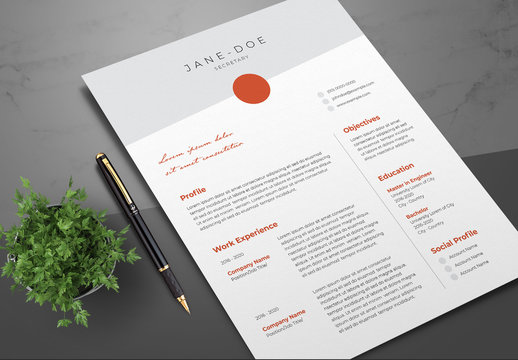A well crafted resume is your gateway to securing job interviews and advancing your career in any industry. It serves as a representation of your professional journey, highlighting your skills, experiences and accomplishments. To create an effective resume, consider the following steps:
- Choose the Appropriate Format:
- Chronological: Lists work experience starting with the most recent position, ideal for those with a consistent work history.
- Functional: Emphasises skills and experiences, suitable for individuals with gaps in employment or those changing careers.
- Combination: Blends both chronological and functional formats, highlighting relevant skills and a solid work history.
- Include Essential Sections:
- Contact Information: Full name, phone number, professional email address and LinkedIn profile (if applicable).
- Professional Summary: A brief statement (2-3 sentences) summarising your qualifications and career objectives.
- Work Experience: Detailed descriptions of relevant positions, including job title, company name, dates of employment and key achievements.
- Education: Qualifications, including degrees, institutions and graduation dates.
- Skills: A list of pertinent skills tailored to the job description.
- Highlight Achievements:
- Use quantifiable metrics to showcase accomplishments (e.g., “Increased sales by 20%” or “I was involved in the care or 500 acres of Almond Orchards”).
- Employ action verbs to describe responsibilities and achievements (e.g., “I managed a team of 10 to successfully deliver projects ahead of schedule.” or “I implemented a new inventory system, reducing stock checking time by 30%”).
- Tailor Your Resume:
- Customise your resume for each job application, aligning your skills and experiences with the job requirements.
- Maintain Clarity and Conciseness:
- Limit your resume page count if you have less than 10 years of experience; many pages are acceptable for more extensive experience.
- Use bullet points and consistent formatting for easy readability.
- Proofread and Edit:
- Ensure your resume is free from grammatical errors and typos.
- Consider seeking feedback from peers or mentors.
For additional guidance, there is a multitude of comprehensive resume format guides with examples that can be found online by searching through google.

